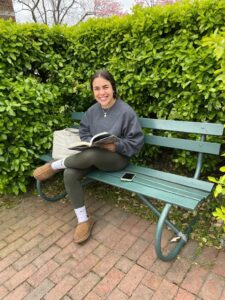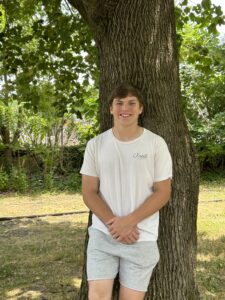Routine fussing takes place during the social hour after dinner, with eagle-eyed teachers supervising. They make certain that students never break the “do not touch” rule, which many think is essential to the good order of a coeducational boarding school. Malcolm Longshore ’26 remembers a “fussing walk” along the railroad tracks with his girl. When their hands touch to help keep their balance, chaperone and Head of School George Walton cautions, “We don’t do that here.”
At the beginning of the 1920s, there are three acceptable locales for fussing—the first- and second-floor central lobbies and the assembly room in Main building. The assembly room is favored because it is large enough for students to maintain some distance from one another and they can also sit down.
By the mid-twenties students are also allowed to “fuss” while walking on the ring road around Main, with teachers moving outside, too. Prudence Wallis Suydam ’24 remembers that the opening gambit from the boy (who always takes the initiative) is, “Would you like to fuss me tonight?” She goes on, “If the girl had any sense, she would say ‘yes.’ There was nothing else to do.”
Other than these sanctioned interactions, opportunities for boys and girls to meet or to arrange a date are inhibited by strict rules against casual boy-girl conversation. Students work around this inconvenience by crafting innovative Kindness of Bearer (KOB) notes. Carried by a third party, a KOB is passed between a boy and a girl whose relationship is growing serious. Folding KOBs so that their contents remain confidential in the hands of third parties is a fine art.


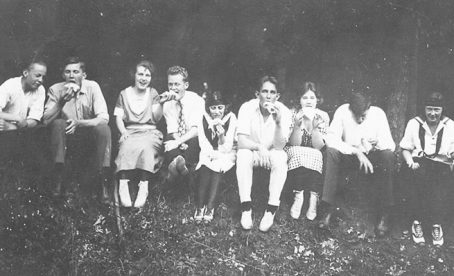
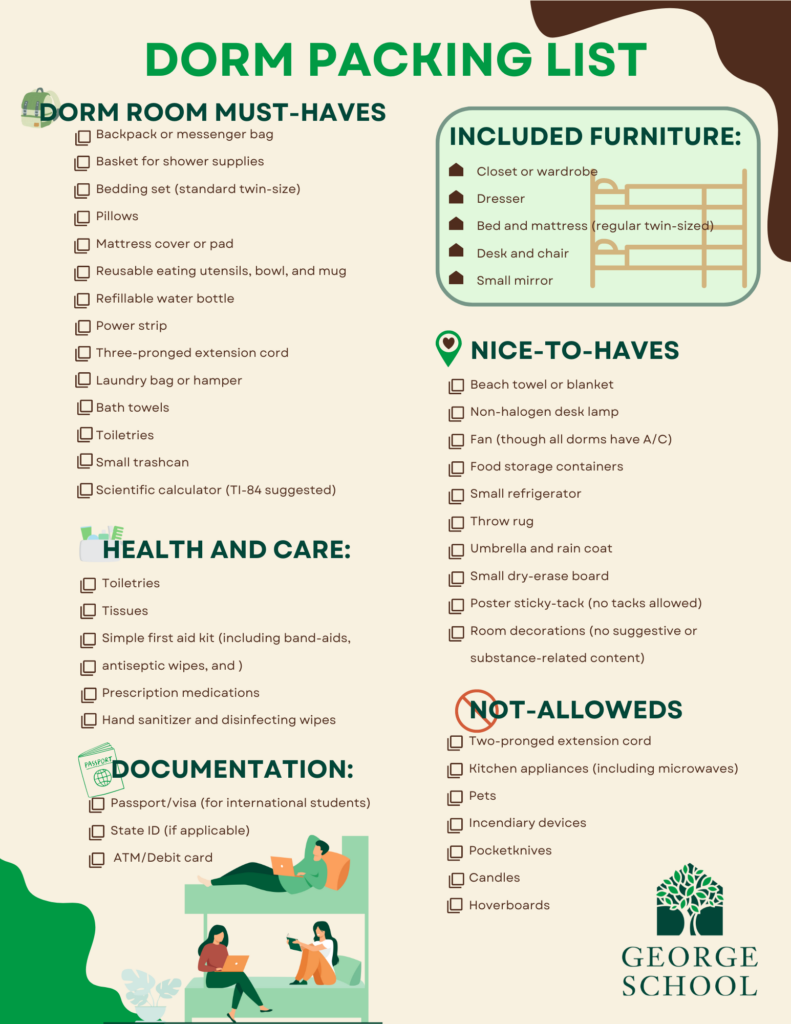
 Joellen Paget Gillon (2015)
Joellen Paget Gillon (2015) Caroline Hedde (2019)
Caroline Hedde (2019) Alejandra Carranza (2022)
Alejandra Carranza (2022) Dr. Mariam Mahmud (2020)
Dr. Mariam Mahmud (2020) Indira Rodrigo (2008)
Indira Rodrigo (2008)
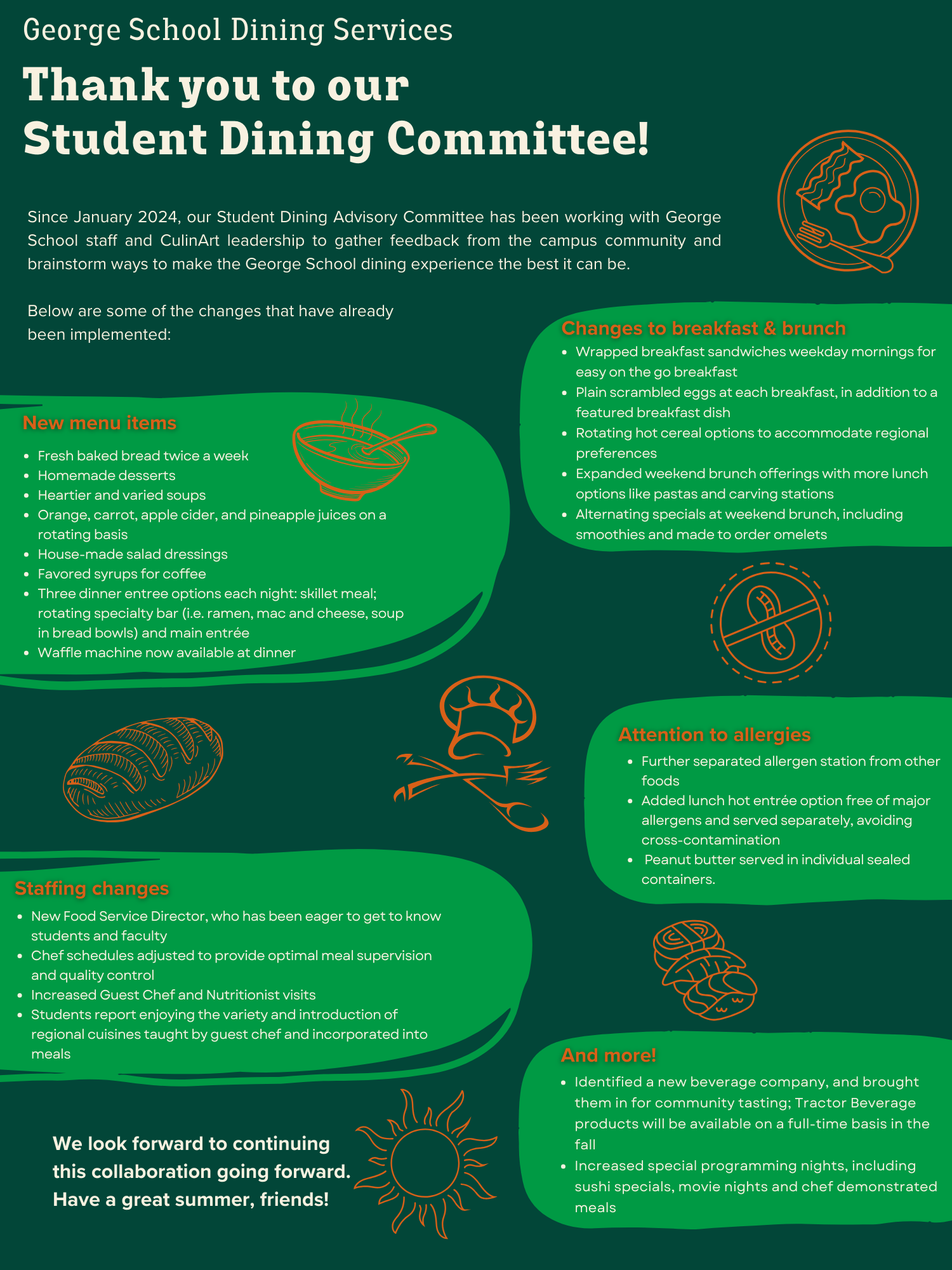


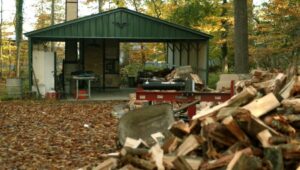

 Monastir, Tunisia, and Amman, Jordan
Monastir, Tunisia, and Amman, Jordan Irvine, CA
Irvine, CA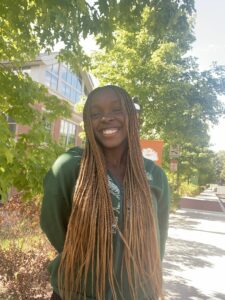 Feasterville-Trevose, PA
Feasterville-Trevose, PA New Hope, PA (Previously NYC)
New Hope, PA (Previously NYC)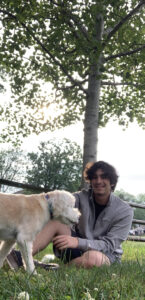 Richboro, PA
Richboro, PA Englewood, NJ
Englewood, NJ Ningbo, Zhejiang, China
Ningbo, Zhejiang, China Willingboro, NJ
Willingboro, NJ Yardley, PA
Yardley, PA Newtown, PA
Newtown, PA Holicong, PA
Holicong, PA Newtown, PA
Newtown, PA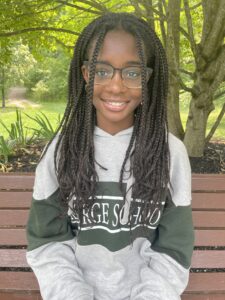 Hamilton, NJ
Hamilton, NJ Yardley, PA
Yardley, PA Lambertville, NJ
Lambertville, NJ Chongqing, China
Chongqing, China Pennington, NJ
Pennington, NJ Yardley, PA
Yardley, PA Bensalem, PA
Bensalem, PA Borgota, Colombia
Borgota, Colombia Newtown, PA
Newtown, PA Burlington, NJ
Burlington, NJ Langhorne, PA
Langhorne, PA Princeton, NJ
Princeton, NJ Langhorne, PA
Langhorne, PA New York City, NY
New York City, NY New Hope, PA
New Hope, PA St. Catharines, Ontario, Canada
St. Catharines, Ontario, Canada Providenciales, Turks and Caicos Islands
Providenciales, Turks and Caicos Islands Willingboro, NJ
Willingboro, NJ Princeton, NJ
Princeton, NJ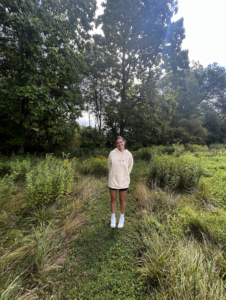
 Newark, NJ
Newark, NJ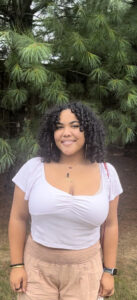 Trenton, NJ
Trenton, NJ Newtown, PA
Newtown, PA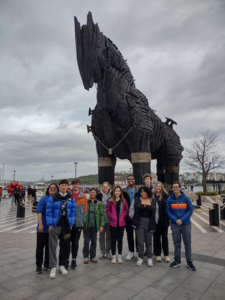

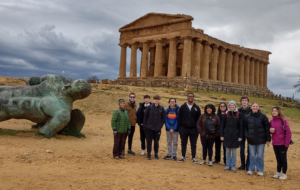

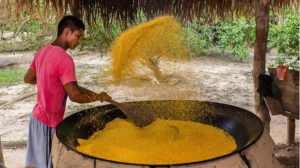


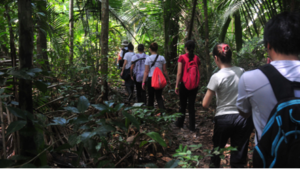
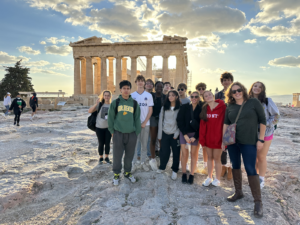
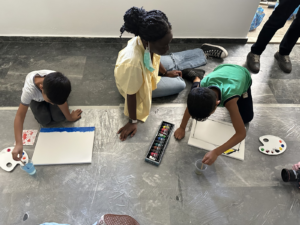
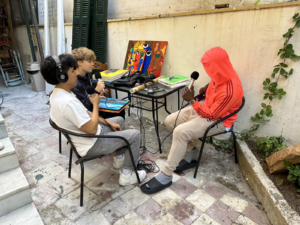
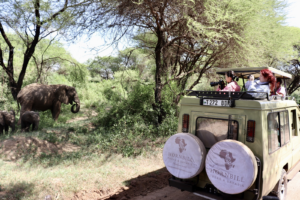
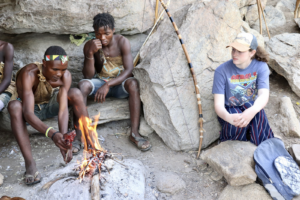
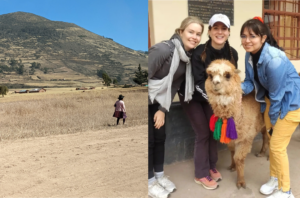

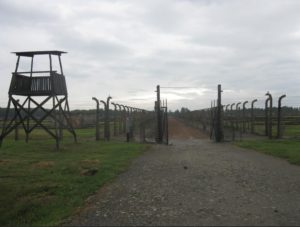
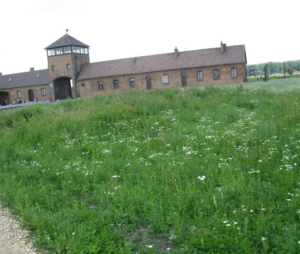

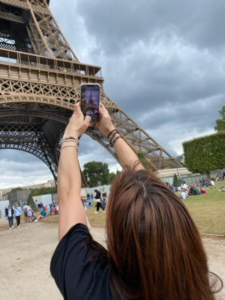
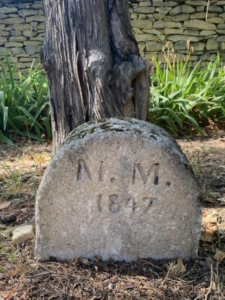
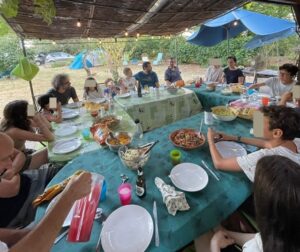
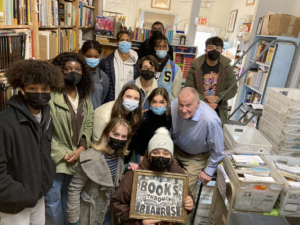
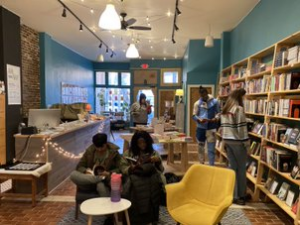
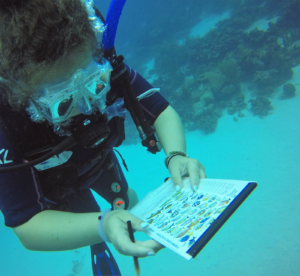
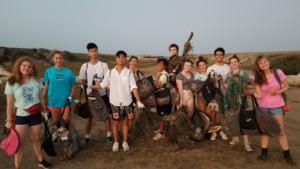
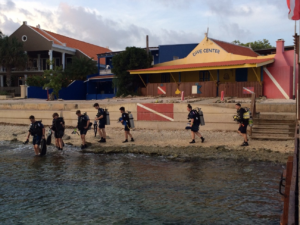
 Lawrence, NJ
Lawrence, NJ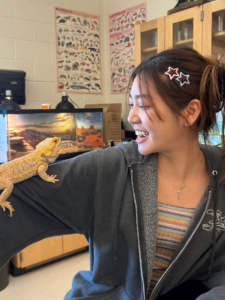 Seoul, South Korea
Seoul, South Korea
 Milwaukee, Wisconsin
Milwaukee, Wisconsin Pennington, NJ
Pennington, NJ Jenkintown, PA
Jenkintown, PA Ottsville, PA
Ottsville, PA Yardley, PA
Yardley, PA Providenciales, Turks and Caicos Islands
Providenciales, Turks and Caicos Islands Hopewell, NJ
Hopewell, NJ
 Pottstown, PA
Pottstown, PA Playa del Carmen, Quintana Roo, México
Playa del Carmen, Quintana Roo, México Shanghai, China
Shanghai, China Beijing, China
Beijing, China Yardley, PA
Yardley, PA Beijing, China
Beijing, China Holland, PA
Holland, PA Langhorne, PA
Langhorne, PA Ringoes, NJ
Ringoes, NJ New Hope, PA
New Hope, PA Dreshner, PA
Dreshner, PA Yardley, PA
Yardley, PA Yardley, PA
Yardley, PA PA
PA


 Xi’an, China
Xi’an, China
